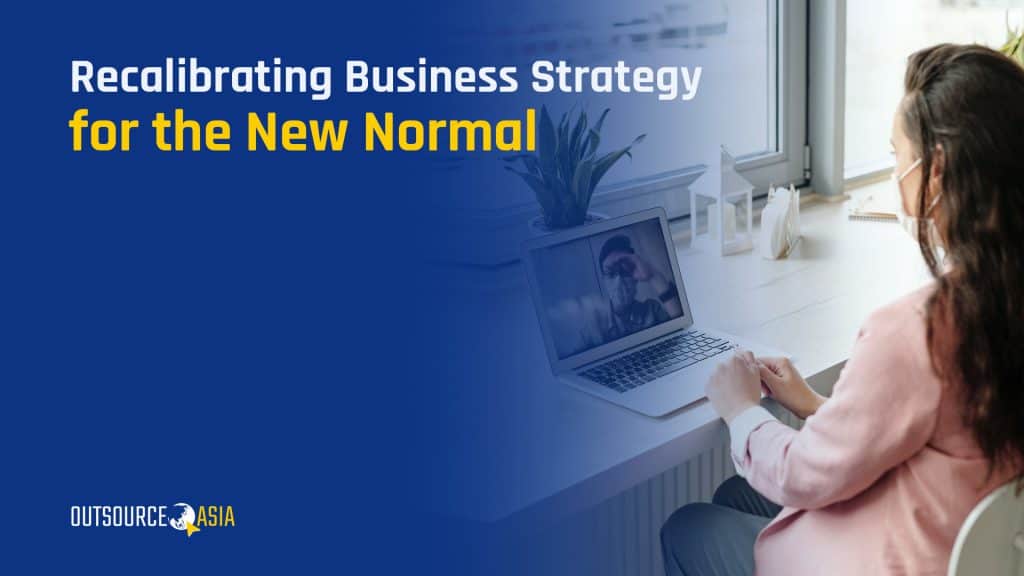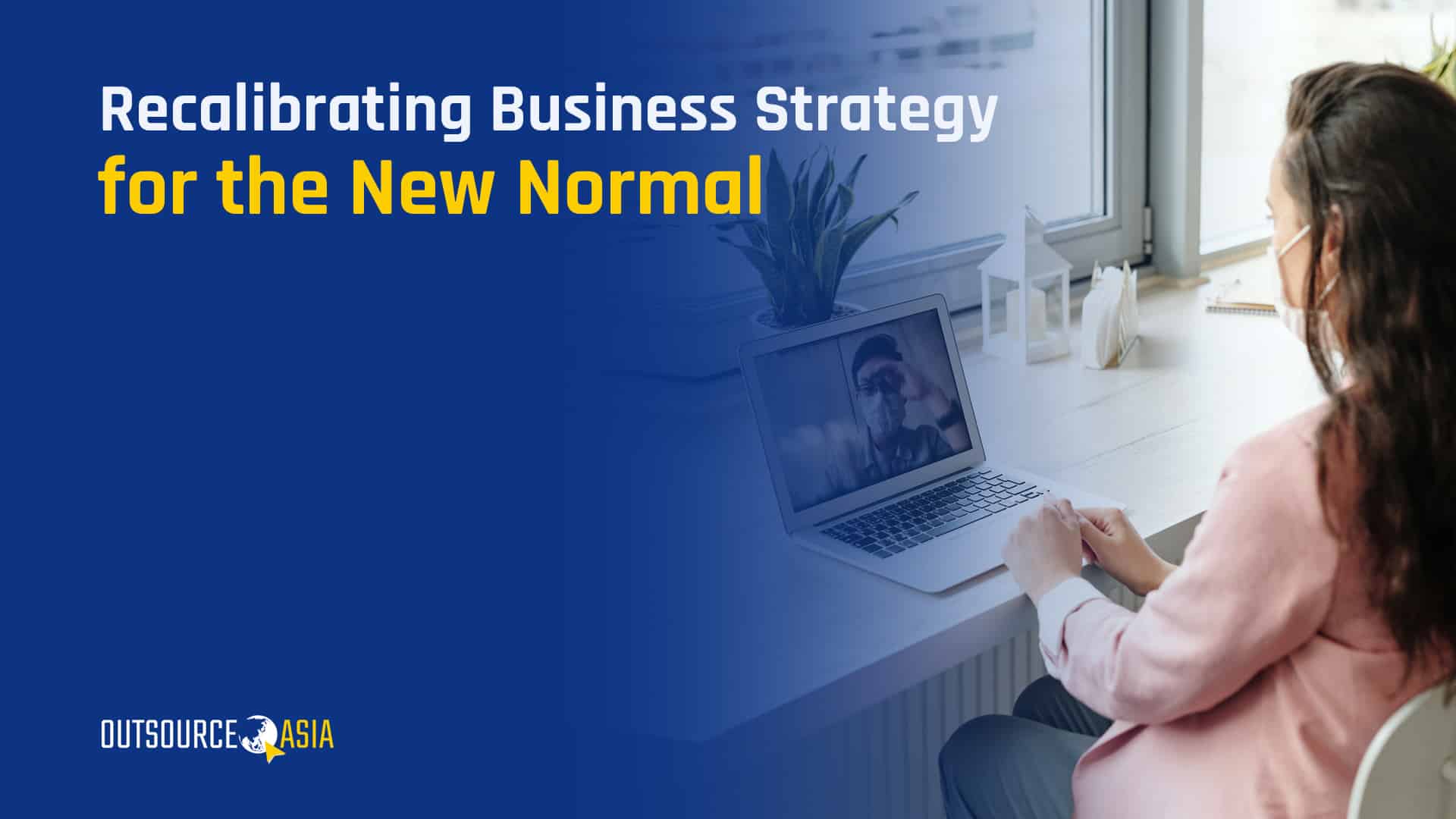The ongoing health crisis has profound impact on how organizations and global enterprises run their organizations in the future. Securing short-term survival is on top of the list but there is also an urgent need to make fundamental strategic decisions, from mid- to long-term, to build a sustainable growth engine despite unfavorable business conditions. As the phases of the COVID-19 pandemic progress, it is becoming increasingly critical to recalibrate business strategy for the new normal.
Respond, Recover, Renew
Business strategy for the new normal, according to Gartner, should come in three phases.
-
Respond
This pertains to immediate actions to enable continuous operations of essential business functions while keeping the workforce safe and healthy. - Recover
This pertains to more coordinated/organized actions to restore, stabilize, or strengthen both essential and non-essential business operations. - Renew
This pertains to innovative, scalable, and sustainable execution of workflows, processes, and key business operations based on emergent patterns, hard data, and lessons learned.
For KPMG, recalibrating business strategy for the long-term entails moving away from reactive response to recovery preparation and rebuilding to thrive through this assessment guide:
What To Aim For
- Are the financial goals and strategic plans of the organization still realistic in the mid-term and long-term?
- Is there a need to consider, expect, and establish emergency liquidity measures?
- What options does the organization have to withstand the impact on assets, income, and investments during an ongoing crisis?
Where To Play
- Did the crisis change or update the organization’s perspective on attractive or viable business models and markets?
- Will the organization’s products/services still be attractive or viable in a post-crisis business ecosystem?
- What options does the organization have to reach target audience more effectively?
How To Win
- How did the organization’s workforce, technological infrastructure, and core business operations fare during the ongoing crisis?
- In what ways did the organization’s governance and management strategy prove effective in the new normal?
- Which business aspect need urgent change or assistance to increase resilience?
If McKinsey’s advice on recalibrating business strategy in a post-pandemic world is to be considered, these are the indicators for business leaders to watch out for:
Depth of Business Disruption
Identify the organization’s biggest markets – demographics and geographies where the organization has a large workforce. This will give business leaders an idea how deep the demand reductions are.
Length of Business Disruption
Evaluate how long it will take for policymakers to address the current issues. This will help organizations to quickly address the demand drawdown from consumers and the subsequent broader recessionary impact.
Shape of Business Recovery
Some countries are finding ways to reopening economic activities despite looming virus resurgence which means organizations should not wait until it’s clear that the epidemic has passed before deciding to do business as usual. Assign key stakeholders or a decision-making team to come up with a portfolio of strategic actions based on the truths or indicators that will be uncovered. These may include looking into reputable outsourcing service providers or leveraging shared services business models. This will help business leaders to update mid-term and long-term goals, reallocate resources as required, and bring back some degree of normalcy to operations in a digital, contactless world.
Recalibrating business strategy for the new normal also means managing four key industry pain points across industries:
- Remote Workforce Management
- Equip employees with the appropriate tools, technology, and training to promote and ensure productivity, collaboration, and effectiveness.
- Use business objectives to create clarity in job performance and work contribution.
- Get visibility into employees’ challenges and concerns to minimize distress, disconnect, and burn out.
- Supply Chain and/or Logistics Management
- Make data such as inventory levels and business continuity metrics accessible.
- Be flexible and diversify. The phrase “don’t put all your eggs in one basket” should be a reminder for companies to avoid working with a single vendor because of product availability or financing convenience to avert disruption.
- Put a bigger focus on supply chain management as part of the organization’s business continuity plan.
- Financial Planning and Budgeting
- Ensure your own financing remains viable or explore new or additional options should you require them.
- Reduce variable costs to reduce liabilities on the balance sheet.
- Expedite receivables and extend payables intelligently.
- Consider ways to replace main revenue streams temporarily or permanently.
- Always consider the upstream and downstream impact of all financial actions.
- Sales
- Understand how the pandemic might have influenced your clients’ perspective towards your products/services. Explore what adjustments might be possible to keep your offer relevant.
- Take advantage of eCommerce platforms to keep target audience informed of where, when, and how to find your business.
- Trace the product/service delivery process from initial contact to final delivery to ensure that these can get to clients more quickly.
- Ensure staff and employees are motivated and customer-focused to retain existing customers, land more sales, and keep the business flourishing.
Recalibrating for a Sustainable Future
Whether you want to make strategic investments to capture growth upon reopening or plan cost models for a changing workforce, Outsource Asia helps business leaders ask the right questions and make clear choices to emerge stronger in uncertain times. Learn how successful remote teams, hybrid workplaces, and digital businesses are navigating through the new normal. Schedule for FREE CONSULTATION today.




